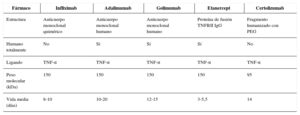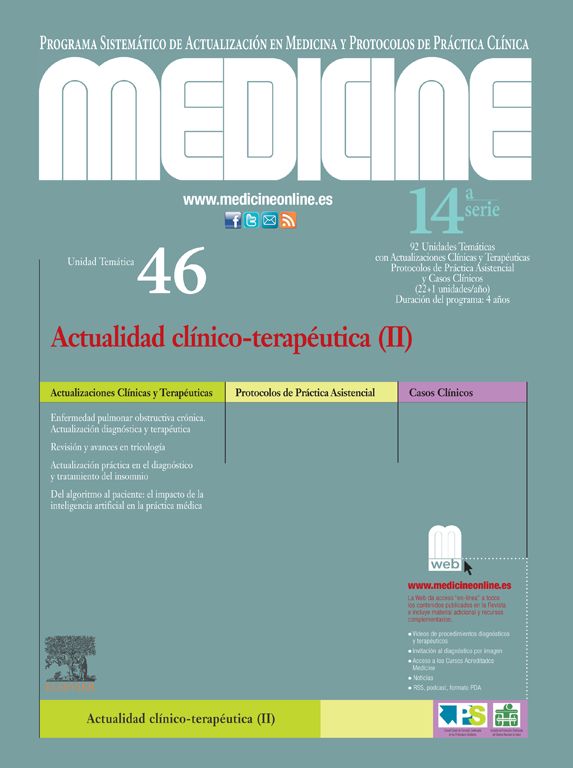Las células inmunes patrullan el organismo buscando agentes patógenos que estimularán la producción de mediadores y la extravasación leucocitaria.
Inicio de la respuesta inflamatoria (RI) localLas células infectadas y las células centinela inician la RI. El endotelio se activa y se extravasan líquidos, moléculas solubles y leucocitos.
Propagación de la RILíquidos, moléculas y células drenan desde el foco infeccioso propagando la RI a los órganos linfoides secundarios (OLS), donde las células dendríticas presentarán los antígenos (Ag) a los linfocitos T, y los complejos Ag-complemento estimularán a los linfocitos B.
Repercusión sistémica de la RILa linfa eferente transportará mediadores inflamatorios hacia la circulación sanguínea desencadenando la respuesta de fase aguda en bazo, hígado y médula ósea.
Respuesta adaptativa en los OLSLos linfocitos Ag-específicos iniciarán la respuesta clonal contra el patógeno y se diferenciarán en células efectoras y memoria. Las células efectoras vuelven a la sangre y a los tejidos infectados donde forman agregados de células linfoides (granulomas y folículos linfoides ectópicos) y eliminan al patógeno.
Respuesta clínicaLa producción aumentada de mediadores solubles de la RI da lugar a patologías. Estos mediadores de la extravasación leucocitaria son posibles dianas terapéuticas en el control de la RI.
Palabras clave
Immune cells patrol the organism looking for danger signals and pathogens which stimulate mediator production and leucocyte extravasation.
Starting of the local inflammatory response (IR)Infected cells and sentinel cells start the IR. Endothelium it is activated and liquids, molecules and leucocytes extravasate.
Propagation of the IRLiquids molecules and cells drain from the focus of infection propagating the RI to the secondary lymphoid organs (SLO) where the dendritic cells will present the antigens (Ag) to the T lymphocytes, and the Ag-complement complexes will stimulate the B lymphocytes.
Systemic repercussion of the IREfferent lymph carries inflammatory mediators to blood circulation where they will start the acute phase response in the spleen, liver and bone marrow.
Adaptive responseIn the SLO, Ag-specific lymphocytes will start the clonal response against the pathogen-Ag and will differentiate in effector and memory cells. Effector cells return to blood and the infected tissues where they eliminate the pathogen. They can form structured aggregates of lymphoid cells (granulomas and the ectopic lymphoid follicles).
Clinical responseThe increased production of soluble mediators of the IR can cause pathologies. These mediators of leucocyte extravasation are putative therapeutic targets for the control of the IR.
Keywords
Identifíquese
¿Aún no es suscriptor de la revista?
Comprar el acceso al artículo
Comprando el artículo el pdf del mismo podrá ser descargado
Teléfono para incidencias
De lunes a viernes de 9h a 18h (GMT+1) excepto los meses de julio y agosto que será de 9 a 15h



